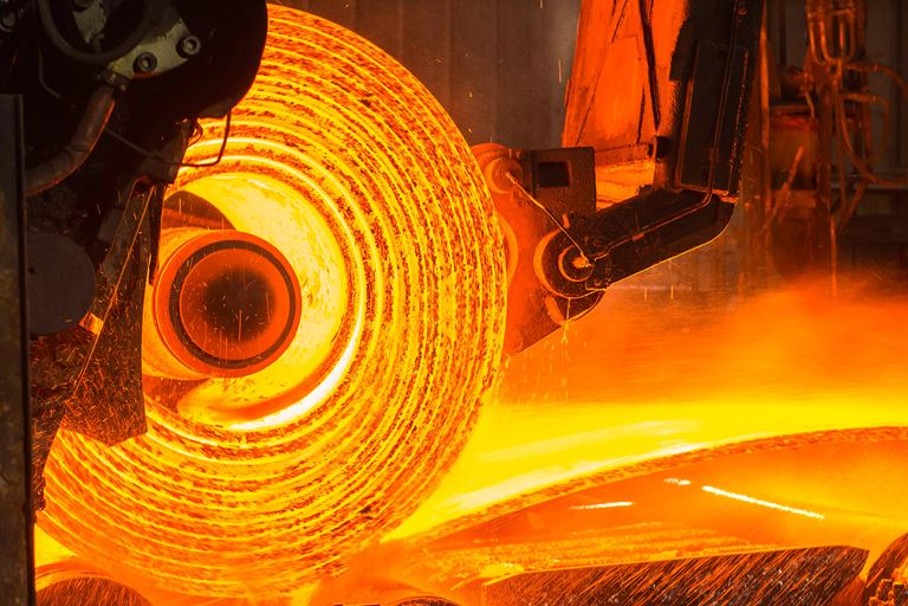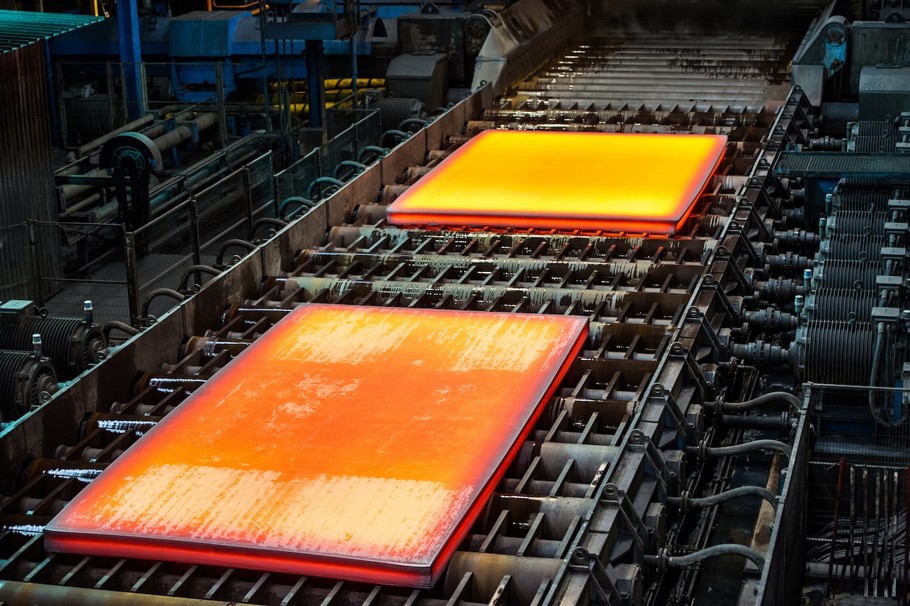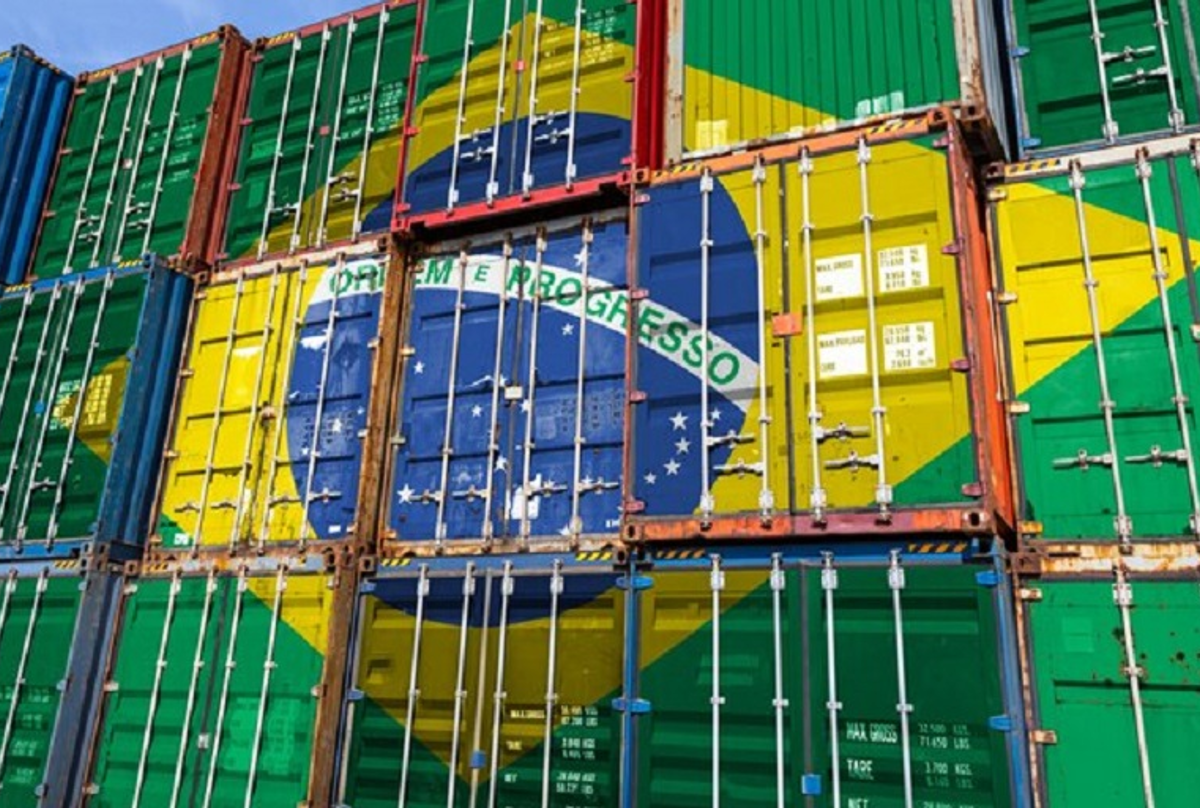Prices

February 20, 2014
The OCTG Case – How the Law and Bureaucracy Impact the OCTG Market
Written by David Phelps
The following article was written by David Phelps, the recently retired director of the American Institute for International Steel and now a contributing writer for Steel Market Update. You can find more information about Mr. Phelps in the About Us section of our website.
On February 18th, the Department of Commerce’s International Trade Administration shocked almost everyone with its delayed preliminary anti-dumping margin determination on OCTG (oil country tubular goods) from nine countries.
While overall the anti-dumping margins were smaller than expected, the big surprise came from DOC’s decision on the largest exporter of OCTG in the case, South Korea. The DOC found that Korea was not dumping!
It was common knowledge that the domestic industry was after Korea and the trade case against them had been threatened for, literally, a couple of years before it was filed last summer. And while domestic industry petitioners have often bulked up their trade case petitions with major and minor suppliers, it was a bit of a surprise that the filing of the OCTG case included eight other countries, several of which were very minor suppliers to the OCTG market.
Last summer the Korean OCTG producers responded to the filing of the case in the normal fashion, denying that they were dumping in the US market, but in a rare move, declared that they would continue to ship while the case was being processed. The decision to continue exporting OCTG to the US market was, according to common wisdom, a foolish thing to do given the DOC’s history of supporting petitioners. Why? Here is the sequence of events of a trade case and what it means to those on both sides of the case and the marketplace – in essence, an attempt to explain the byzantine law’s protectionist core.
First, there are two government agencies involved in processing anti-dumping cases — the Department of Commerce (DOC) and the International Trade Commission (ITC).
Next, the relevant time line.
Case is filed with DOC, day 1.
The DOC initiates the case, day 21 – steel cases are always initiated.
The ITC makes its preliminary injury determination at day 46.
The DOC makes its preliminary anti-dumping margin announcement, triggering the suspension of liquidation and commercial risk to importers of record. [The actual date following the date of filing varies for this step.]
The preliminary decision by the ITC (step 3) is the critical commercial point in a dumping case. If the ITC finds no injury, the case ends and business can continue, or restart. If the ITC finds injury or threat of injury, the case is sent to the DOC for calculation of the dumping margins (or countervailing duty margins in subsidy cases). Unfortunately, the legal standard for the ITC’s preliminary injury decision is heavily weighted for the petitioners, who win the vast majority of the cases. When the petitioners win, the commercial impact quickly kicks in – if it hasn’t already when the case was filed.
When the ITC finds for the petitioners, the case goes to the DOC. DOC’s history in processing trade cases is clear; DOC rarely if ever terminates a steel case. The petitioners win at the DOC essentially 100 percent of the new steel cases – clearly a reflection of the job the domestic industry has done manipulating the law to one that is petitioner-friendly.
So, what does this mean, when the case is approved at the ITC? It means that there will be what is called a suspension of liquidation for imports that arrive after the date of the DOC’s preliminary decision – or 90 days earlier (more on that later). Suspension of liquidation is a technical term for customs entries that means the duty will not be finalized until the trade case is finished and final anti-dumping duties are set and charged to imports that arrived after the suspension of liquidation date. The bottom line for imports that arrive after the suspension of liquidation date is that they have to post cash deposits equal to the margins the DOC has calculated and stand at risk for whatever rate becomes the final anti-dumping rate at the DOC at the end of the process. That means that the importers will not know what their customs duty costs will be at the time of importation for products caught up in suspension of liquidation.
Therefore, virtually all importers caught up in a trade case that gets a preliminary injury determination at the ITC cancel their orders or if they can, advance them to a date that would be prior to the expected date for the suspension of liquidation.
So, what did the Koreans do? As noted above, they loudly and vociferously said that they were not dumping – a standard response — and they would not stop shipping to the US market, regardless of the trade case. They asserted that even if they did receive an antidumping margin they expected it to be small enough that they would be able to continue to do business. This took major moxy given the history of the DOC and its creative ability to find anti-dumping margins for steel over the decades. After all, as noted above, the DOC rarely if ever terminates a steel anti-dumping case.
The Koreans rolled the dice and, at least at the preliminary level at the DOC, have won. The next step is the final margin determination by DOC. Rest assured that the petitioners and their lawyers are bringing out the big guns for that fight against the Koreans. If the Koreans’ final anti-dumping margins remain under 2 percent, the case will be terminated.
The Koreans’ decision to continue to ship to the US during the processing of the case most importantly means that their shipments will not be subjected to the suspension of liquidation at this point.
For the other countries, suspension of liquidation will take place the date that the DOC announcement is published in the Federal Register. That is, except for India’s Jindal S A W and some Vietnamese companies who were caught up by the magic words, “critical circumstances.” That means that for them, suspension of liquidation will be set 90 days prior to the date of the Federal Register. [That subject is too byzantine even for this “short article” to delve into.]
What does all this mean? Even if the ITC finds no injury at the end of the process sometime later in 2014 – about a year after the case was filed – the domestic petitioners will have had one year of trade protection gratis the law they have spent so much time and money over the decades manipulating to their advantage (except in this case for Korea). For an insightful, intelligent and fair analysis of free trade see, www.youtube.com and type in Milton Friedman and international trade.
Oh, and there are many other little barbs in the anti-dumping law that become appropriate to discuss as the OCTG case moves forward. More later.
Dave Phelps
P.S. It is pretty clear that the large volume of OCTG the Koreans shipped to the US had an impact on especially the welded side of the market. However, to have a law that penalizes foreign suppliers for an action that is perfectly legal if conducted by a domestic firm – however disruptive to the market – is patently irrational from an economics perspective and, if I can borrow a term from the protectionists — UNFAIR. More on that later too.






